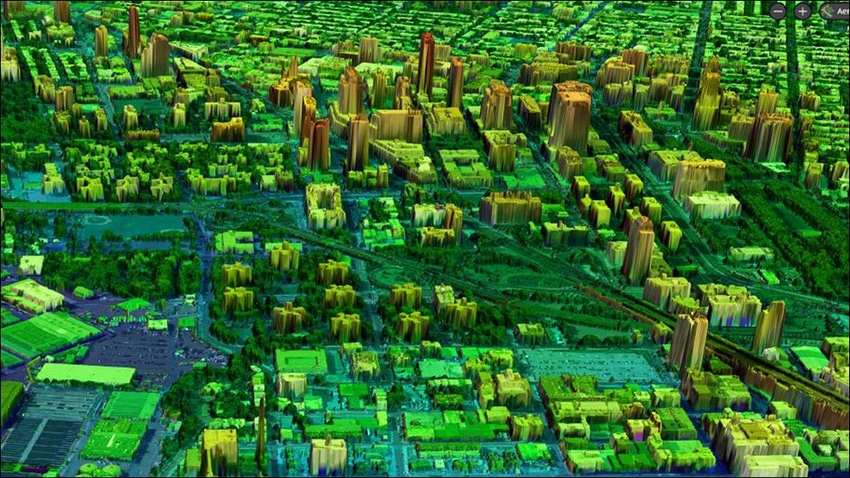AI for cell site selection will reduce the costs of 5G
October 30, 2019

A whitepaper suggests algorithms can help cut the number of cell locations by around 40 percent
by Max Smolaks 20 October 2019
Telecommunications experts have shown that
it’s possible to reduce the number of infrastructure locations necessary for 5G
coverage by using AI for site selection, thus considerably shrinking deployment
costs.
Algorithms can suggest the best places to place
‘small cells’ – the industry term for low-powered cellular radio access nodes with limited
range, which will be essential for introducing 5G in large population centers.
When choosing a location, machine learning models can take into account factors like terrain height, existing structures, power and backhaul availability, signal-to-interference ratio, traffic estimates, overlapping cell coverage, and many others.
Small but mighty
The whitepaper produced by industry organizations Small Cell Forum (SCF) and 5G Americas has compared AI-assisted site selection to manual cell sighting methods and found that the former resulted in “significant reductions” in the amount of infrastructure to be deployed – with up to 40 percent fewer small cells required for the same geographic area. For Lower Manhattan, for example, the number of small cell sites was reduced from 185 to just 111.
The whitepaper recommends
that machine learning models should be part of any small cell design effort. It
also notes that the aggregation of very large telecommunications data sets will
be important to provide algorithms with enough test data to inform results.
AT&T and Nokia were among the companies
contributing to the document.
5G connectivity delivers at least a Gigabit
(1,000Mbps) of bandwidth to end-user devices, with latencies as low as one
millisecond, but it has different signal distance and penetration characteristics
from the networks that came before. This means many more cell sites will be required
in cities to ensure sufficient density of coverage.
“Small cells will form one of the foundations on which 5G is built, particularly through dense HetNets [heterogeneous networks] in spectrum-hungry urban areas. It is essential that as an organization we consider the implications of this, and work to ensure that processes are in place to make the deployment of these cells viable,” said Prabhakar Chitrapu, chair of SCF.
“This is a hugely
important body of work, undertaken by Forum members and alongside our partners
at 5G Americas, which demonstrates that Artificial Intelligence and Machine
Learning can inform cost, time and resource efficiencies that surpass those of
teams of people working to traditional methods. The potential for AI and ML is
tremendous, and investing in good planning of small cells now can reap huge
rewards later.”
The complete whitepaper can be downloaded here.
About the Author(s)
You May Also Like
.jpg?width=700&auto=webp&quality=80&disable=upscale)
.jpg?width=700&auto=webp&quality=80&disable=upscale)
.jpg?width=700&auto=webp&quality=80&disable=upscale)


.jpg?width=300&auto=webp&quality=80&disable=upscale)

.jpg?width=300&auto=webp&quality=80&disable=upscale)